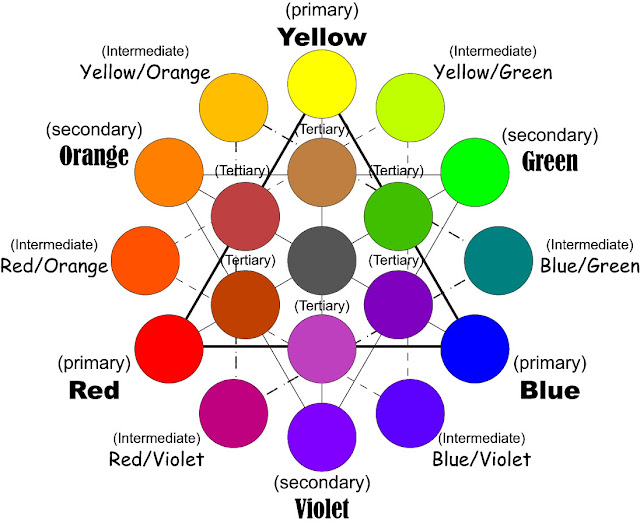Manufactured Sand ( M-sand)
Comparison
• Environmental factors and shortage of good quality river sand has led to the invention of Manufactured Sand Also known as M Sand or Robo Sand
Parameters
• Parameters M Sand/Process/Manufactured in the factory.
• River Sand-Naturally available on river banks. M.Sand-Shape-Angular and has a rougher texture. Angular aggregates demand more water. Water demand can be compensated with cement content.
• River Sand-Smoother texture with better shape. Demands less water.
Need of the hour
• The development of standards/specifications and incorporating in the BIS codes will reduce the pressure on using river sand. The standards and code specifications will assist to select and use the alternatives by the various stakeholders. Quality certification of the alternate aggregates and quality certification of the concrete manufacturing process plays a vital role in ensuring the durability of the concrete.
Some of the Alternatives to River Sand
– Manufactured Sand
– Fly Ash/ Bottom Ash/Pond Ash
– Copper Slag – Filtered Sand
– Sea Sand, Slag Sand
– Crushed Waste Glass
– Recycled Aggregate/C&D Waste Aggregate etc..
IS 383-1970 (Reaffirmed 2007) recognizes manufacture sand as ‘Crushed Stone Sand’.
• Crushed stone sand is produced by crushing boulders. Manufactured sand is produced by rock-on-rock or rock-on-metal Vertical Shaft Impactor (VSI) in which the process that produced alluvial deposits is closely simulated. Particle size reduction and achieving equidimensional shape is critical to get desired properties. If rock is crushed in compression lot of inherent properties exhibited by natural river sand are lost
Particle size and manufacture
• Fine aggregates manufactured sand proposed to be used shall be produced from a Vertical Shaft Impact (VSI) crushers and shall conform to the requirements of Zone-II (in most of the cases) as per IS 383-1970 (Reaffirmed in 2007) and particles finer than 75 µm shall not exceed 15 %. Special efforts on the part of M-sand manufacturers (such as washing of sand by water or dry washing by air) is required to restrict particles finer than 75 µm to 15%. The global trend is to utilize dry classification solutions to produce manufactured sand. The dry separation process separates fine and coarse particles. This allows a reduced percentage of super fines in the manufactured sand, thereby meeting specifications and achieving quality products.
Sand for mortar
• M-sand can also be used for making masonry mortar and shall conform to the requirements of IS 2116-1980 (Reaffirmed 1998) – “Specification of sand for Masonry Mortars”.
General Requirements:
1. All the sand particles should have higher crushing strength
2. The surface texture of the particles should be smooth
3. The edges of the particles should be grounded
4. The ratio of fines below 600 microns in sand should not be less than 30%
5. There should not be any organic impurities
6. Silt in sand should not be more than 2%, for crushed sand
7. In manufactured sand, the permissible limit of fines below 75 microns shall not exceed 15%
Manufactured Sand Quality
1. Sieve analysis
2. Optical Microscopic Study to check the particle shape
3. Workability (slump test by slump cone method)
4. Cube test for compressive strength
5. Tests for Silt and clay
Advantage of M – sand
• The sand must be of proper gradation (it should have particles from 150 microns to 4.75 mm in proper proportion). When fine particles are in proper proportion, the sand will have fewer voids. The cement quantity required will be less. Such sand will be more economical. Demand for manufactured fine aggregates for making concrete is increasing day by day as river sand cannot meet the rising demand of construction sector. Natural river sand takes millions of years to form.
Size and Grading of Aggregates
• IS 383 defines Fine Aggregates as aggregate most of which passes 4.75-mm IS Sieve and contains only so much coarser material as permitted in cl.4.3. [Cl. 4.3 Fine Aggregates -The grading of fine aggregates, when determined as described in IS: 2386 (Part I)-1963 shall be within the limits given in Table 4 and shall be described as fine aggregates, Grading Zones I, II, III and IV. Where the grading falls outside the limits of any particular grading zone of sieves other than 600-micron IS Sieve by a total amount not exceeding 5 percent, it shall be regarded as falling within that grading zone.
Reference - Lecture notes from
Prof.A.R.Santhakumar
Former Professor and Dean (Civil Engg)
Anna University
Chennai.










































